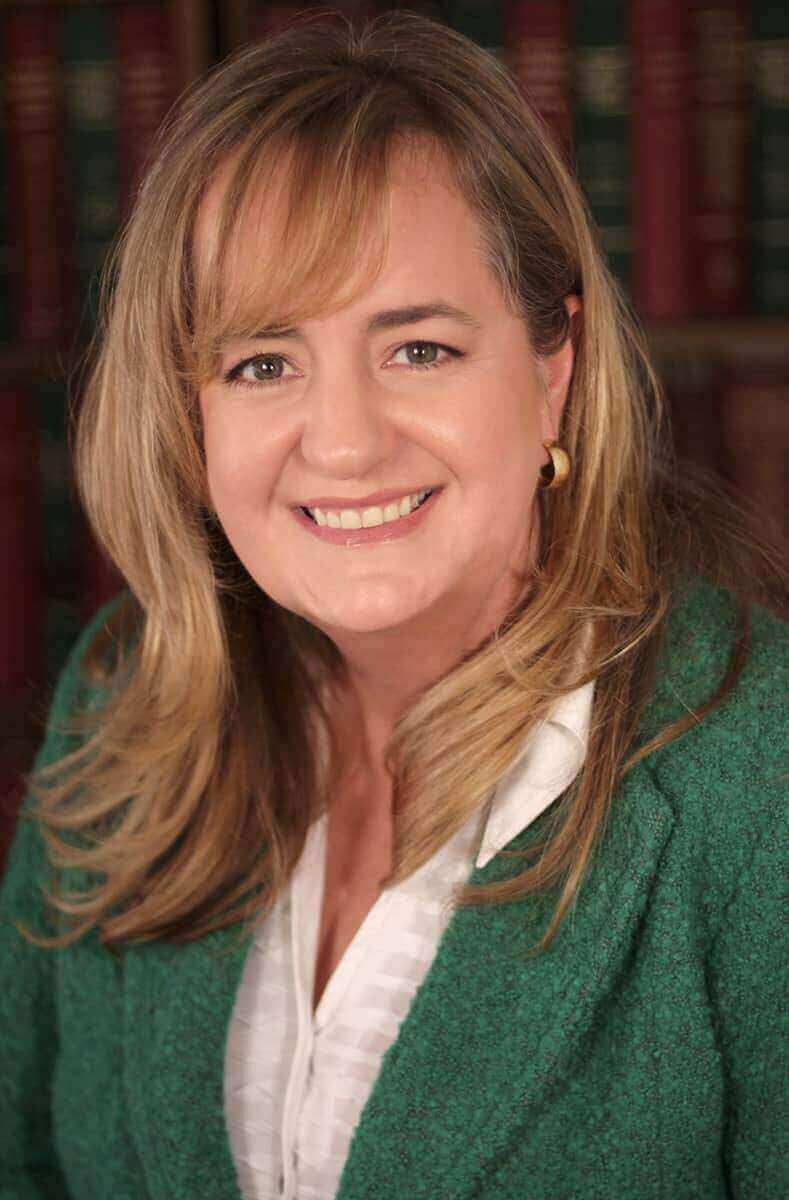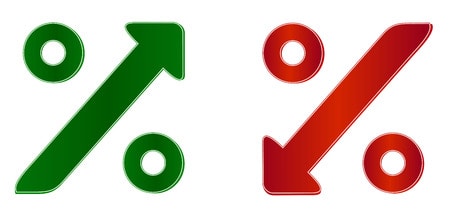The biggest news this week was that the FOMC met on Tuesday and Wednesday.
Fed Chairperson Janet Yellen announced that they had voted to raise the Fed Funds rate by .25%. We the public know that as the prime rate. The markets felt great relief that they finally raised the rate, and that it was probable we would have at least 2 more rate increases.
Because the prime rate went UP, fixed rates went DOWN.
What??
That’s right this is the normal reaction, but it doesn’t always happen. Here’s why.
The 30 year fixed rate moves with the 10 year Treasury bond. By raising the prime rate, the fear of inflation, the probability of inflation decreases, which means the bond you buy today probably will still have value next year because interest rates have not changed.
If you were not sure that rates would be the same you would lock up your money in a bond at 3.5% today if you thought next year’s (or event this fall’s) interest rate was going to be 4%. You wait to get PAID the higher rate.
So by raising the prime rate, they took the wind out of the sails of inflationary increases. To make sure they keep it in check, they will probably raise rates 2 more times depending on the economic indicators in the next couple of months.
What economic indicators?
Well, how about jobs. If there are more people working, more people can buy stuff, sending prices higher. What about the personal income and personal spending data? If those numbers are up , if we are making more money per hour on average, then it’s likely we are going to spend more, pushing prices of goods higher. Those are just 2 examples of data that influence our economy and could push rates higher.
For now the sigh of relief that they finally raised the prime rate cause interest rates to slide down .125 to .25%, depending on the program.


